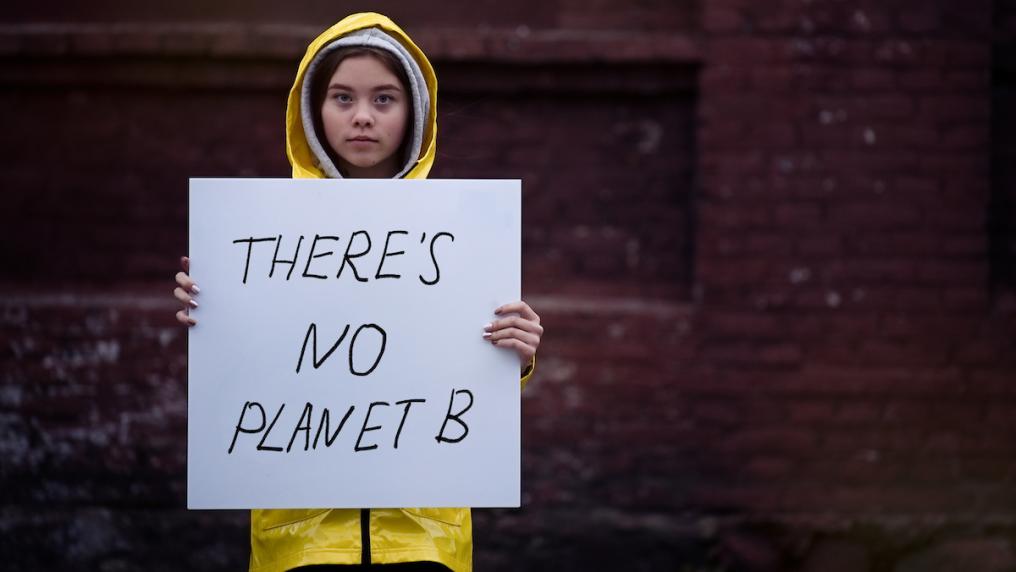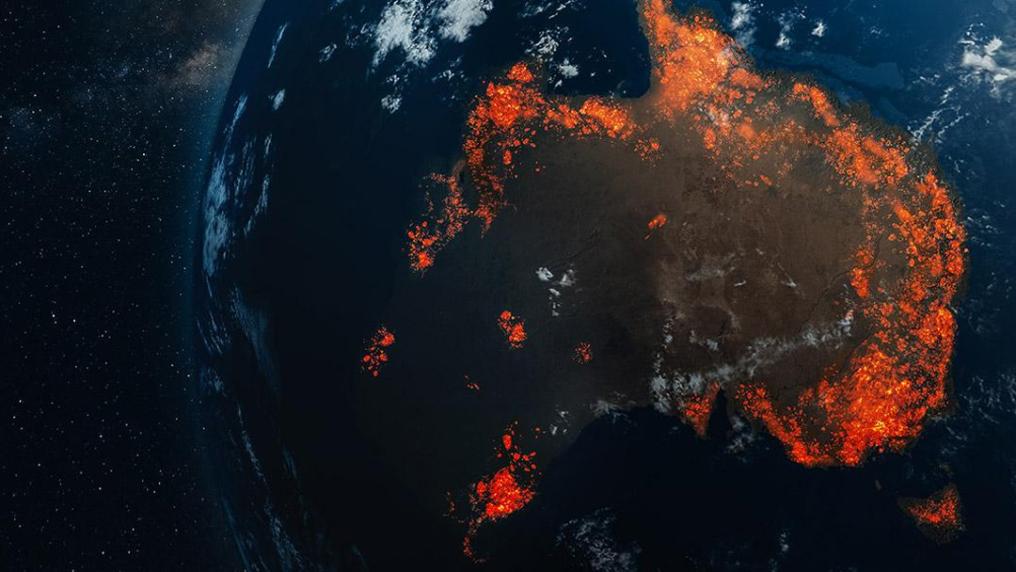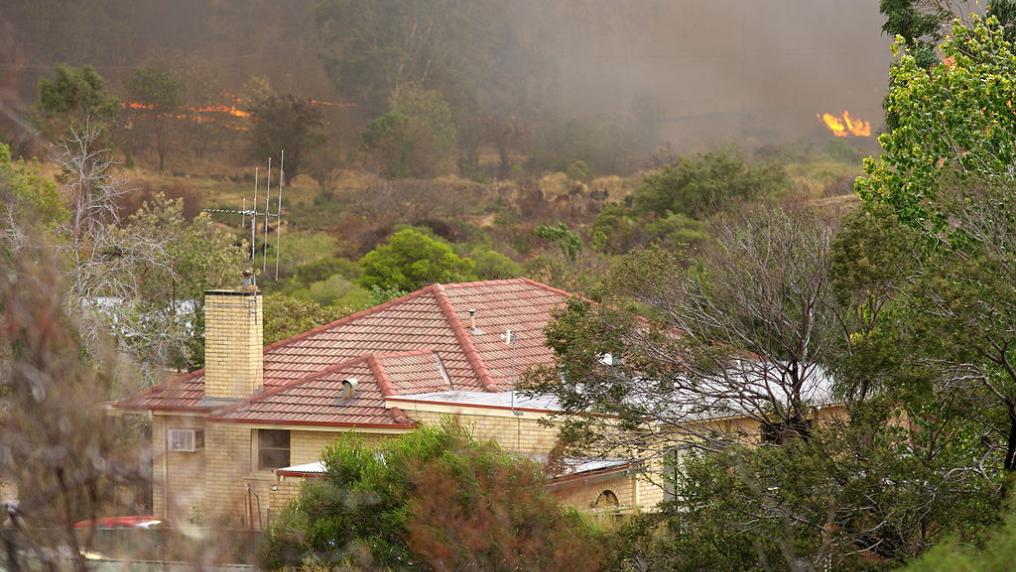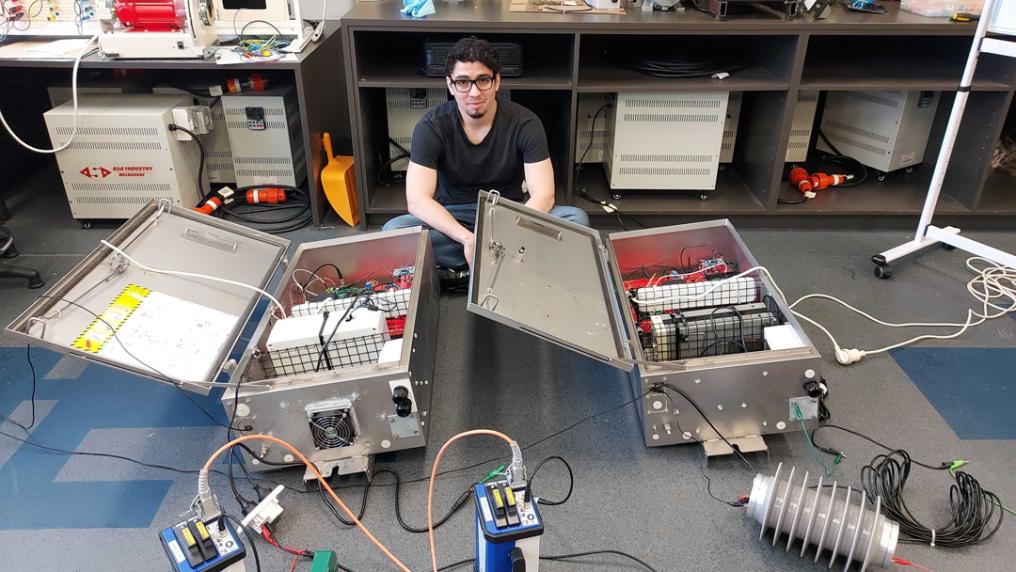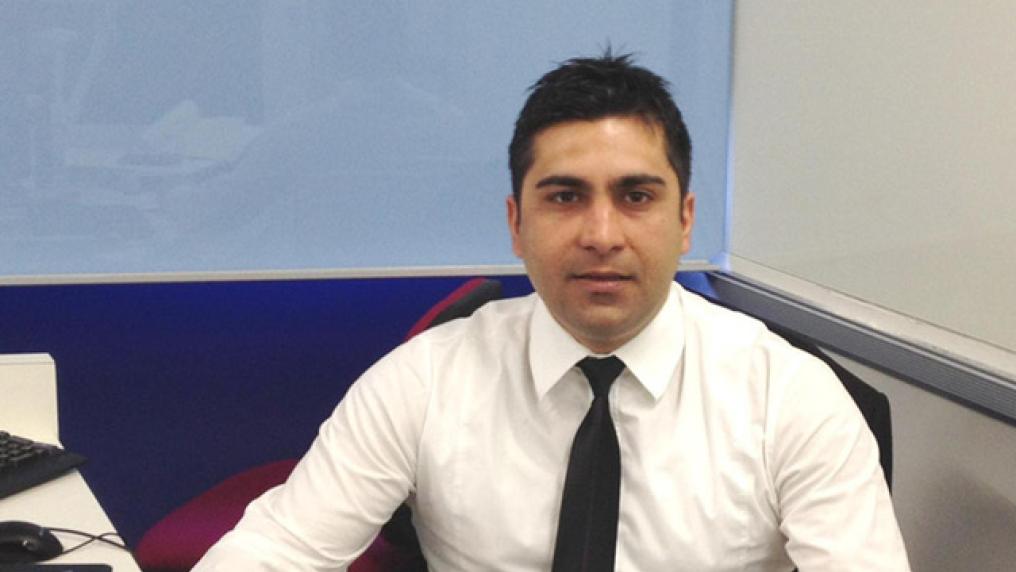Risk, disaster & resilience
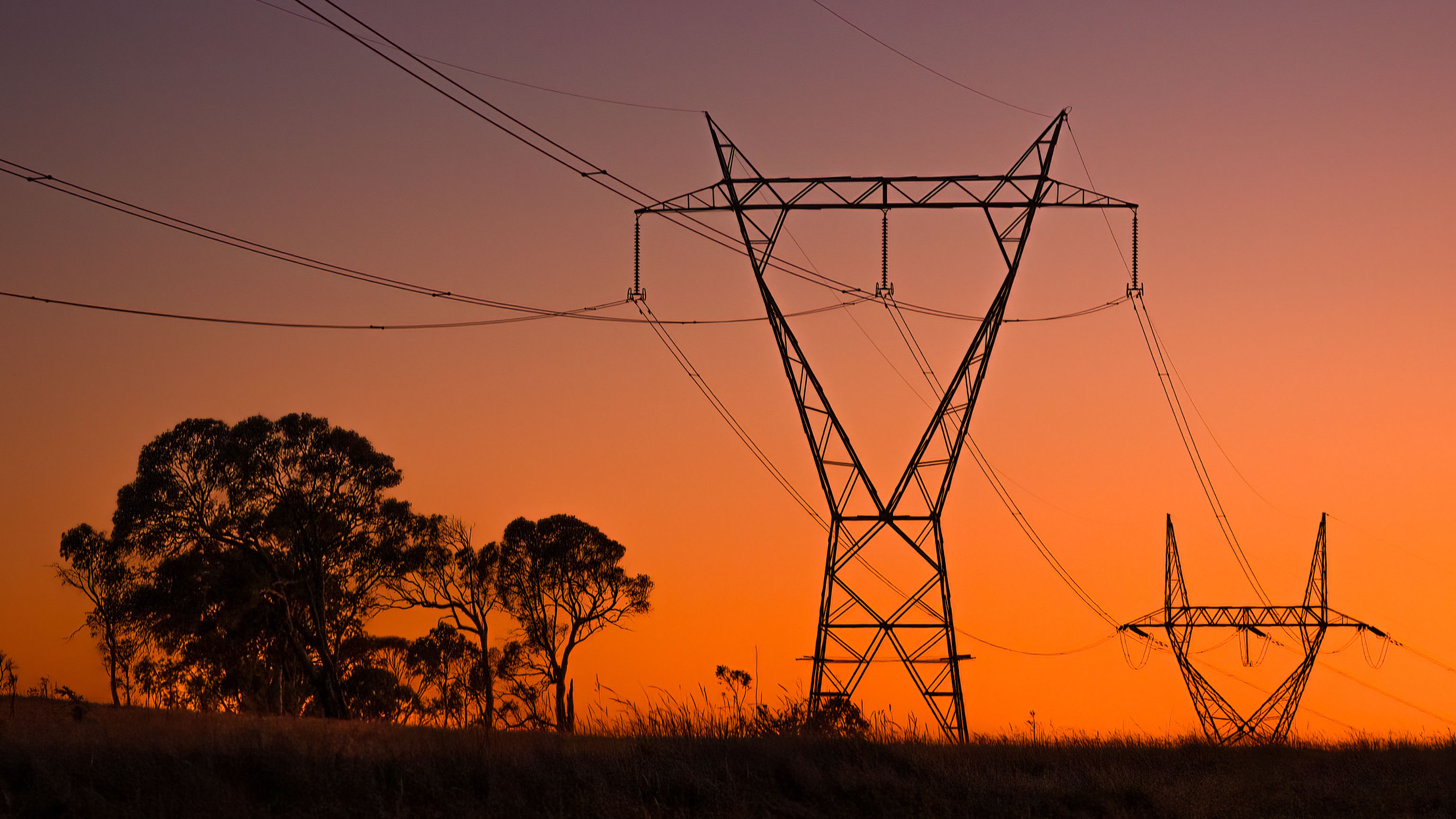
From dynamic research to prevent devastating bushfires, developing sustainable construction alternatives to preparing communities for heat and environmental risks, VU researchers are leading this impactful work.
Let's talk about disasters
Ignoring a risk doesn’t make it go away.
Our teams work on preventive measures, risk evaluation and dynamic responses to environmental threats.
Prevention
Powerlines and fire. Researchers at VU have developed a device that could significantly improve bushfire prevention initiated by powerlines in regional Australia and around the world. The device detects broken conductors in vegetated areas and shuts it down before it hits the ground.
“If a tree branch falls on the conductor, the power line, which is now under tension, could snap and fall. It’s then likely to make contact with dry grass and branches which could start a bushfire through electrification," Associate Professor Cagil Ozansoy said.
“They’re cost-effective and would be installed at the edge of the network,” Dr Douglas Gomes said. “They can not only detect if a conductor has broken, but where the breakage has occurred. Since we are carefully observing the electrical line, we can then identify other problems.”
The device has been trialled in five different networks and achieved very promising results.
Structural fire testing. If there is an explosion in a tunnel, how long can the concrete maintain structural integrity to allow time for evacuation? A fire-testing research lab at VU Werribee Campus fire tests concrete for all major tunnel projects, to ensure that a tunnel will maintain structural integrity in the worst possible circumstances. This research can be used worldwide to prevent concrete tunnels from collapsing due to explosions and fires.
Disaster-safe construction. VU researchers have developed products that are more disaster safe and sustainable for use in building and transport construction. Research teams are discovering new ways to harness recycled materials for road construction, concrete production, and devising innovative solutions to combat soil pollution.
Three projects in particular look set to offer significant opportunities for infrastructure developers, land owners and concrete manufacturers.
Building resilience
One of the lasting mantras in disaster risk management is “hope for the best, anticipate the worst”. But what happens when the worst-case scenario is realised – or even exceeded?
From preparing communities for the worst to how to rebuild after disaster strikes, VU researchers are leading research about risk and disaster resilience.
